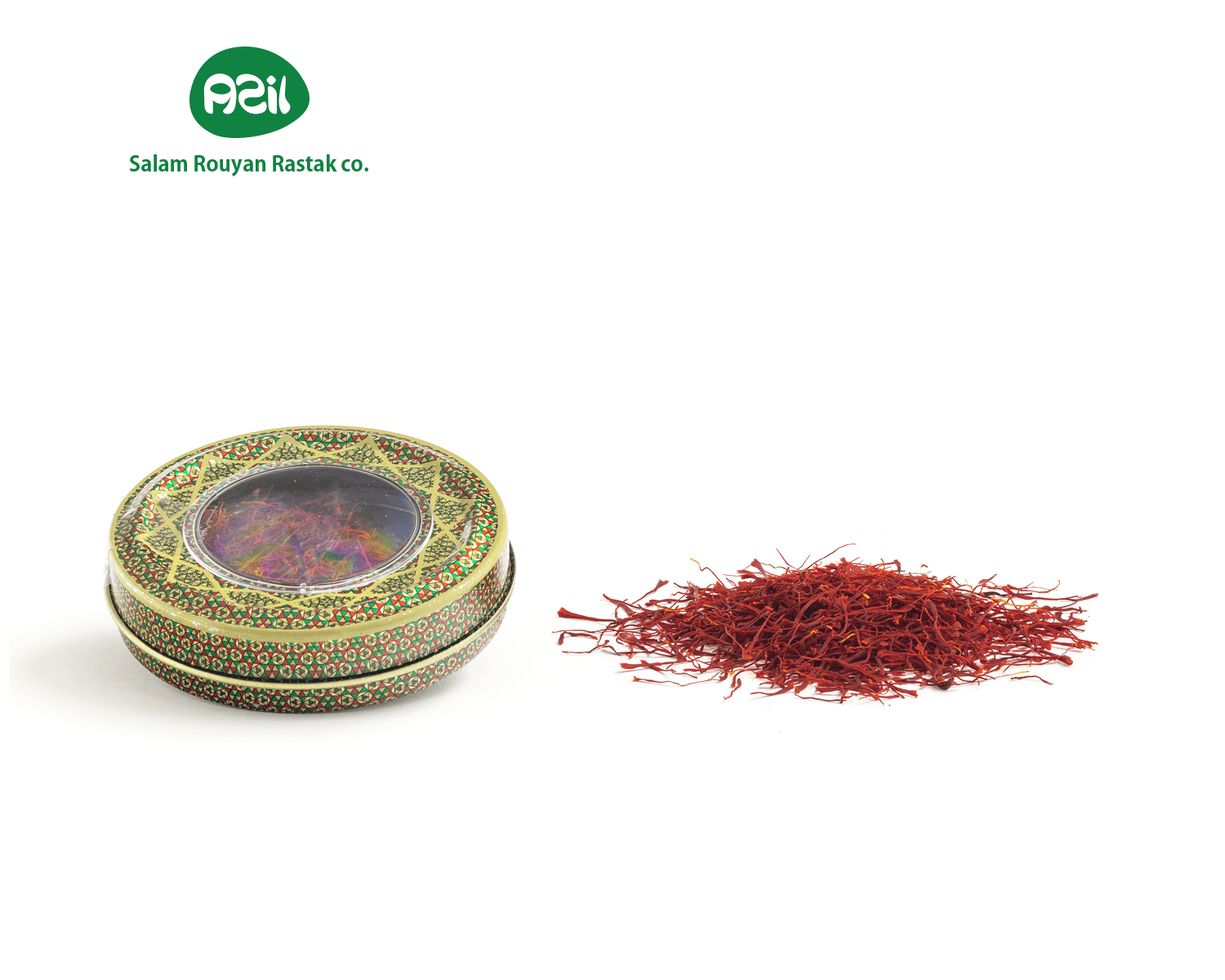Persian Saffron in Spring Poetry Readings
Persian saffron, with its golden aroma, enriches Iran’s spring poetry readings, inspiring lyrical beauty. Known as “zaferan,” this spice enhances gatherings at 07:02 AM EEST on July 14, 2025. For example, families infuse it into tea during Hafez recitals. This article explores how Persian saffron elevates spring poetry reading customs, its cultural significance, and its health benefits. We’ll also dive into its cultivation, preparation, and global appeal. As exporters of saffron, nuts, and more, we share Iran’s finest zaferan too. So, discover why this saffron is a poetic treasure, how it’s used in Persian spring events, and why it’s cherished worldwide. Join us to explore this vibrant gem and see what makes it a Persian seasonal essential this morning!
Introduction
Persian saffron brings a golden aroma to Iran’s spring poetry readings, inspiring lyrical beauty at 07:02 AM EEST on July 14, 2025. Iranians call this spice “zaferan,” harvested from regions like Khorasan, and it enhances Hafez recitals during blooming season. Families infuse this vibrant gem into tea, fostering a poetic atmosphere. We export saffron, nuts, and dates, but this isn’t just about trade—it’s about its role in cultural traditions. Therefore, this article explores how Persian saffron elevates spring poetry reading customs, its cultural significance, and its health benefits. Let’s uncover this artistic practice!
Persian Saffron in Poetry Reading Tea Blends
In Persian culture, families use Persian saffron to craft tea blends for spring poetry readings. They often steep zaferan with green tea to serve during Hafez sessions. For instance, many add this vibrant gem to hot water for a fragrant sip. Also, they mix saffron with rosewater for a poetic touch. This blend brings inspiration, so Persian saffron is a reading favorite.
Zaferan in Spring Verse Celebration Snacks
Beyond tea, zaferan plays a key role in Persian spring verse celebration snacks. Families infuse Persian saffron into rice cakes to offer during poetry events. They also sprinkle this vibrant gem over sweets for a festive treat. Another idea involves blending saffron with nuts for a savory bite. These snacks often delight attendees, showcasing seasonal elegance. As a result, this vibrant gem enhances poetry readings across Iran.
How Farmers Cultivate This Vibrant Gem
Farmers carefully cultivate this vibrant gem to ensure it’s ready for spring use. The process starts with crocus sativus flowers blooming in autumn, so stigmas are harvested in October. They hand-pick zaferan threads in Khorasan to preserve quality. Then, they dry the saffron to concentrate flavor. Finally, they store it for poetic and culinary purposes. This method keeps Persian saffron potent for readings throughout Iran.
Preparing Persian Saffron for Poetry Events
Families prepare Persian saffron to shine in spring poetry reading events. For example, they soak zaferan threads in warm water to release color before brewing tea. They also grind this vibrant gem into powder for even distribution in snacks. Another method involves steeping saffron with herbs for a unique flavor. Some even add zaferan to desserts for a poetic presentation. Because of these preparations, this vibrant gem elevates every reading.
Health Benefits of This Vibrant Gem
This vibrant gem offers health benefits that suit spring poetry reading participants. Persian saffron contains antioxidants, boosting mood during creative sessions. It also has anti-inflammatory properties, easing seasonal allergies. Moreover, its calming effect aids focus, a relief for listeners, per studies. Its vitamin C supports immunity, enhancing wellness. Therefore, using zaferan in events means adding health to every verse.
Cultural Significance of Zaferan in Spring Readings
In Iran, zaferan holds deep cultural significance in spring poetry reading traditions. Using Persian saffron symbolizes inspiration, a value tied to Persian literature. Ancient customs mention this vibrant gem in poetic gatherings to honor art. Also, zaferan often appears in reading circles, representing elegance. In rural areas, this spice signifies community bonding during spring. Consequently, this vibrant gem weaves tradition into Iran’s poetry customs.
Saffron and Iran’s Spring Poetry Heritage
Iran’s spring poetry heritage thrives with this vibrant gem. Farmers in Khorasan grow Persian saffron, supporting communities who use it for readings. Since it’s a seasonal luxury, using zaferan in events shows cultural pride. Markets buzz with saffron sales before spring, delighting families at 07:02 AM EEST on July 14, 2025. We export saffron, nuts, and these treasures, connecting them to Persian heritage. Thus, this vibrant gem remains a cornerstone of Iran’s poetry traditions.
Global Appeal of Persian Saffron
Around the world, people embrace this vibrant gem in their own spring poetry readings. Its unique flavor makes it a favorite for global enthusiasts celebrating verse. For example, European poets use Persian saffron in tea during literary events, inspired by Iranian customs. Also, global markets sell zaferan for poetic snacks, spreading its charm. In Asia, people infuse this spice into spring festival recitals. Iran shares this vibrant gem worldwide, so its reading appeal grows.
Challenges with Using This Spice
Using this spice for spring poetry readings can face hurdles. Drought in Khorasan, for instance, reduces saffron yields, limiting zaferan supply for events. Contamination during drying sometimes affects quality. Additionally, preparing Persian saffron for use takes precision, making it labor-intensive. However, Iran ensures this spice remains pure for reading traditions. This effort keeps the heritage alive despite challenges.
Opportunities to Share Reading Zaferan
The future offers chances to expand these reading traditions. This vibrant gem in poetry kits could, for example, become a global trend for enthusiasts. Creating zaferan-infused products for international markets is another idea. Furthermore, individuals worldwide could buy this saffron online for their spring readings, extending its reach. We’re committed to sharing these treasures for global culture. So, these opportunities ensure this vibrant gem has an artistic future ahead.
How to Choose the Best Persian Saffron
Looking for the best zaferan for your spring poetry readings? Check for deep red threads—they shouldn’t look pale, ensuring potency. Also, look for a strong aroma, a sign of quality. Taste the infusion for a rich flavor, perfect for events. Source it from us because we guarantee the best zaferan for your needs. This way, you’ll have top-quality saffron for every reading.
Saffron in Global Spring Poetry Practices
Globally, this vibrant gem enhances spring poetry reading practices in unique ways. In Iran, for instance, families use zaferan in tea at 07:02 AM EEST on July 14, 2025. European poets add this spice to literary teas for spring festivals. In Asia, people infuse this vibrant gem into sweets during verse gatherings, delighting attendees. You can also sprinkle zaferan on treats for a poetic touch. These practices show how Persian saffron enriches global readings.
The Future of This Vibrant Gem in Spring Poetry
Looking ahead, this vibrant gem will shine in spring poetry readings worldwide. Sustainable farming can combat drought, so supplies remain steady for events. Also, people increasingly seek authentic spices like zaferan for their gatherings. We’re ready to share this awesome saffron, along with nuts and more, for global traditions. Therefore, this treasure will remain a poetry favorite for years to come.
Conclusion
This vibrant gem blends golden aroma with the beauty of spring poetry readings in Iran and beyond. Its flavor, cultural role, and health benefits make it beloved in seasonal verse. If you’re hosting a reading, zaferan invites you to add a Persian touch. We deliver Iran’s best with care, so you can trust our quality. Want to try it? Contact us to get this vibrant gem for your next event at 07:02 AM EEST on July 14, 2025. Let’s share this lyrical delight together!

